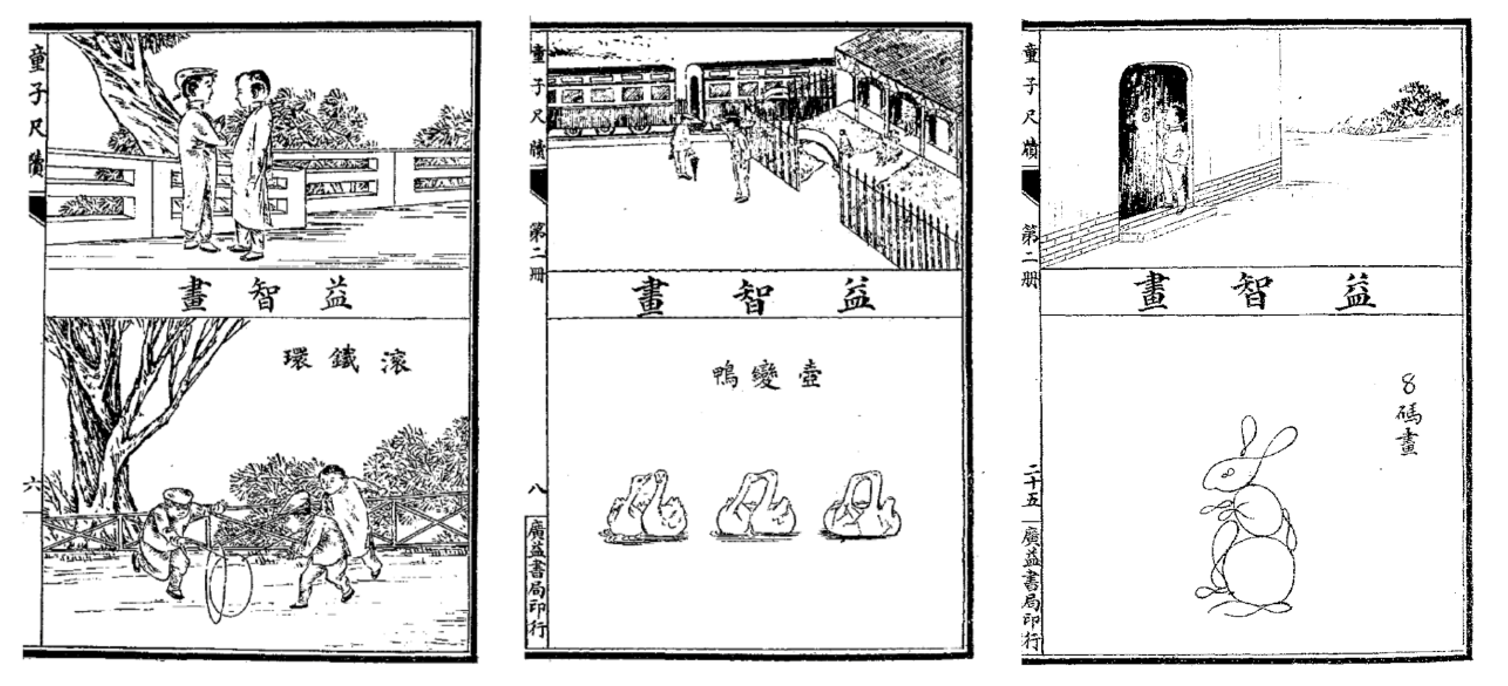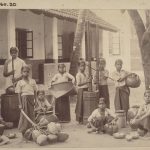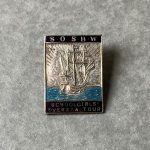Growing up with strict parents who value good manners, I have always had a close affinity with the history of manners in my journey of historical discovery. My attention is thus naturally drawn to various kinds of etiquette manuals, and, especially, to the epistolary world of children. For more than a decade, I have been collecting early epistolary primers for young readers, which helped regulate behaviors of social interactions through literary practices in the early twentieth century. According to my research, A Preteens’ Guide to Letter Writing (Tongzi chidu 童子尺牘, first dated 1915, hereafter A Preteens’ Guide) was presumably the earliest extant [emphasis mine] illustrated epistolary primer for children in China.
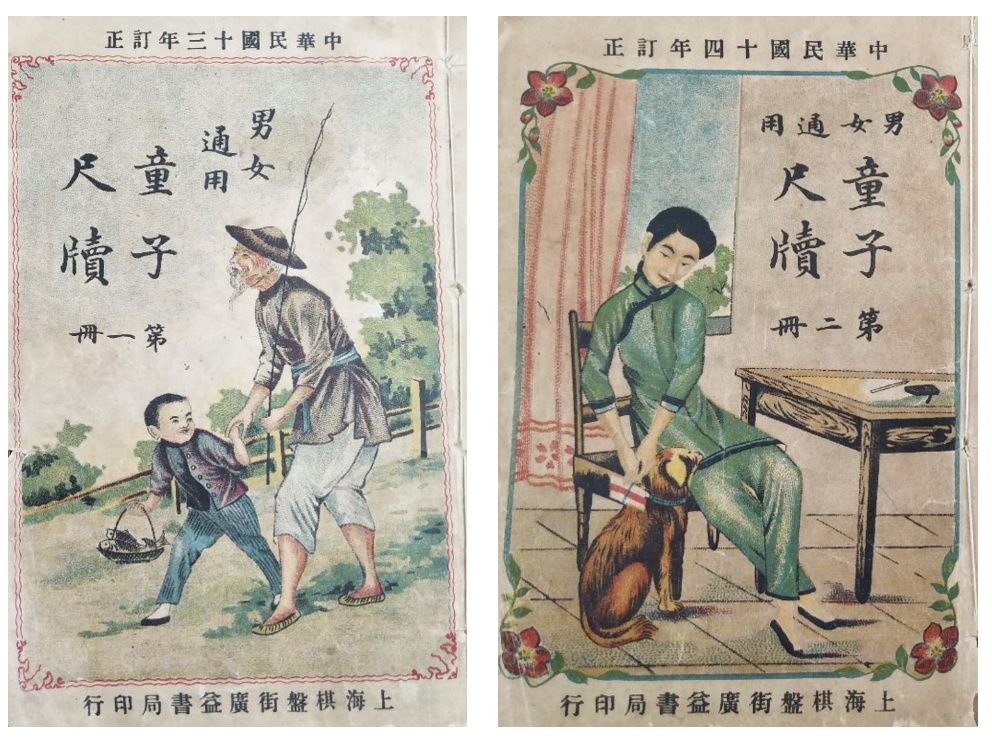
While the total number of editions is unknown, the various cover images dated to different years suggest that a significant number of this title were reproduced throughout the Republican period (1911–1949). A meticulous comparison with other epistolary primers in my collection also indicates its enduring effects on subsequent titles. For these reasons, it is fair to view it as the most representative example of illustrated epistolary primers in twentieth-century China.
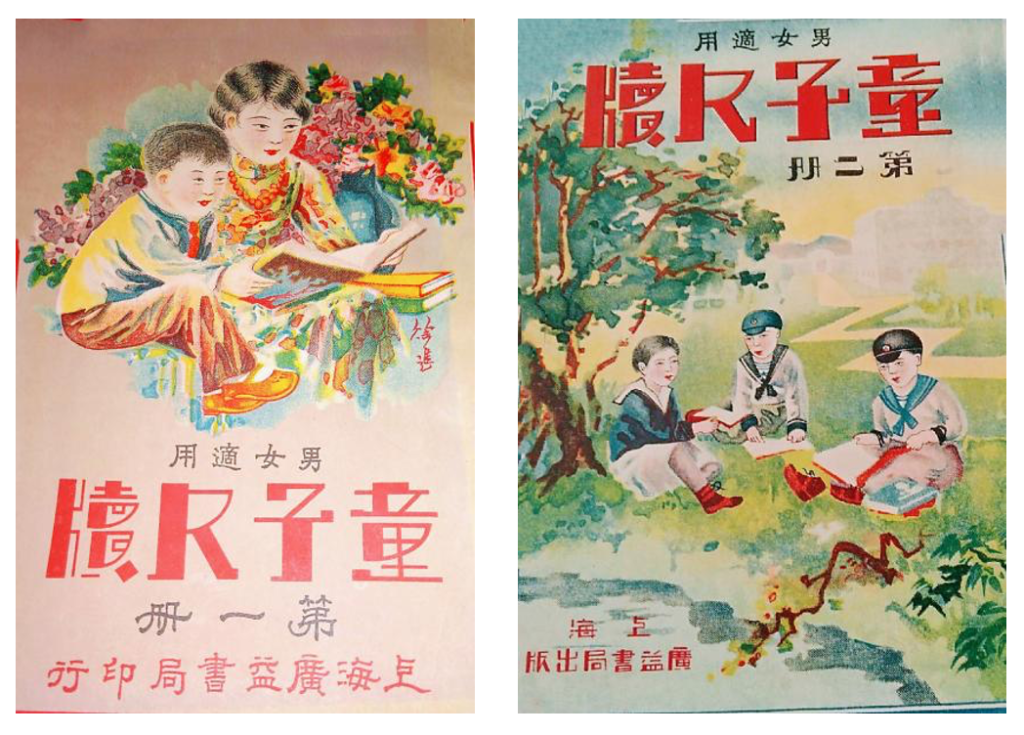
A Preteens’ Guide,which aims at children aged between nine and thirteen, consisted of two volumes. Each volume contained thirty-three models, which were divided into three categories of correspondence between (1) family members, (2) relatives, and (3) teachers and friends. These models cover standard topics in contemporary epistolary guides, including daily report, inquiry, request, invitation, congratulation, appreciation, and admonition. Both volumes also offered an appendix of guidelines either directly relevant to correspondence (such as the formats of envelope, postcard, and short note) or other functional writing samples (such as the advertisement for rent/sale, diary, and ledger). Carefully crafted, each model letter and appended template adopts the prevailing classical style of writing and conversation to instill civil manners in the minds of children and prepare them for everyday social life.
The all-inclusive nature of its design may have accounted for its wide circulation as a primer as well as a plaything. What impressed me and perhaps contemporary readers most was its layout that all model letters in A Preteens’ Guide were accompanied by two pictures arranged in two horizontal sections in the facing page. For the upper section, there was a picture related to the content of models; for the lower section, there was an independent “educational (yizhi 益智, lit., beneficial to one’s intelligence) picture.” Together, they were designed to make the reading more entertaining while imparting knowledge of letter writing and social protocols. This pioneering feature differentiated this title from its predecessors and perceptively turned it into a sought-after commodity for young consumers.
Danni Cai 蔡丹妮 (Ph.D., McGill University, 2020) is a Lecturer (Assistant Professor) in the History Department of Hangzhou Normal University, China. She specializes in epistolary studies, the history of women, childhood, and mass education. She is a co-founder of an online academic network “Historical and Cultural Studies of Children (兒童歷史文化研究)” based in the platform of WeChat. Her paper, “Power, Politeness, and Print: Children’s Letter Writing in Republican China” (2020), is the winner of the Journal of the History of Childhood and Youth annual Best Article Prize awarded by the Society for the History of Children and Youth in 2021. Recently, she has also published “Writing Letters for Soldiers: Literate Girls’ Epistolary Service in Wartime China” in International Institute for Asian Studies (IIAS) Newsletter (Spring 2025). Her current research on children’s epistolary culture in modern China is sponsored by the Program of Philosophy and Social Science Fund of Zhejiang Province (No. 24NDQN006YB).

